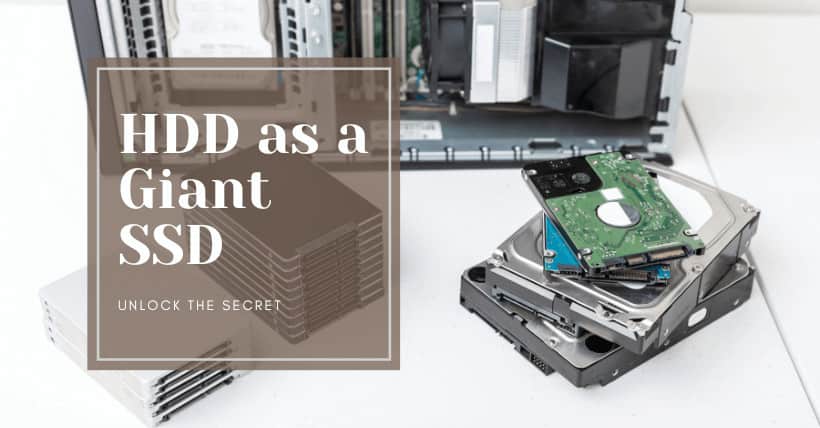Now, many friends have upgraded their system disks to SSD, such as the high-speed PCIe M.2 SSD, which is indeed an excellent choice. And it seems that mechanical system hard drives may have become somewhat obsolete at this time, after all, there is indeed a certain gap in reading and writing capabilities between them and solid-state drives.
But if you have two hard drives, here’s a method that allows you to double their speed using the built-in Win10 management software, significantly boosting their speed, and approaching SSD-like speeds.
- First, your motherboard must have available SATA ports to connect two old hard drives. Note that it’s best to use SATA ports with similar numbers, and the hard drives should have similar capacities and speeds.
- Next, right-click on “This PC” and go to the Disk Management page. Find the two hard drives. Please note that all data on the hard drives needs to be completely erased, and all volumes should be deleted.
- Afterward, right-click on the hard drive space. In the menu, you’ll find several options. If you want to significantly improve your read and write capabilities, choose “Create New Striped Volume.”
- Then, follow the on-screen prompts. When setting up the volume, add the other hard drive to it when prompted during the system setup window. Note that the available capacity displayed here will be that of the smaller hard drive.
- The subsequent steps will be similar to our daily operations, involving drive allocation, drive path selection, and formatting choices, among others.
- However, during this process, you will receive a warning about converting to dynamic disks and potential data loss. Select “Quick Format” to avoid lengthy formatting.
- During the formatting process, the larger-capacity disk will automatically allocate a portion of its space to match the smaller-capacity one. After formatting is complete, you’ll see that the two hard drives have been combined into one in File Explorer.
- If you have tools available, you can test the read and write speeds, which should be around 400MB/s or more, similar to SATA SSDs.
At this point, friends who are familiar with computers may have realized that this is essentially RAID 0, right?
Yes, that’s correct. It’s worth noting that this RAID is driven by software included with Windows 10, rather than a hardware RAID controller, so it cannot be used as a system disk.
However, here, it’s about making better use of mechanical hard drives, which are mostly used as data drives, so it works quite well in this context.
But if you ever want to revert to regular hard drive drives, simply right-click on the RAID volume and select “Delete Volume.”
Alternatively, if you prefer a more secure RAID 1 setup, you can choose “Create Mirror Volume” and operate from there once it’s established. This mode can also significantly enhance read speeds, though write speeds won’t see much improvement.

Related:



